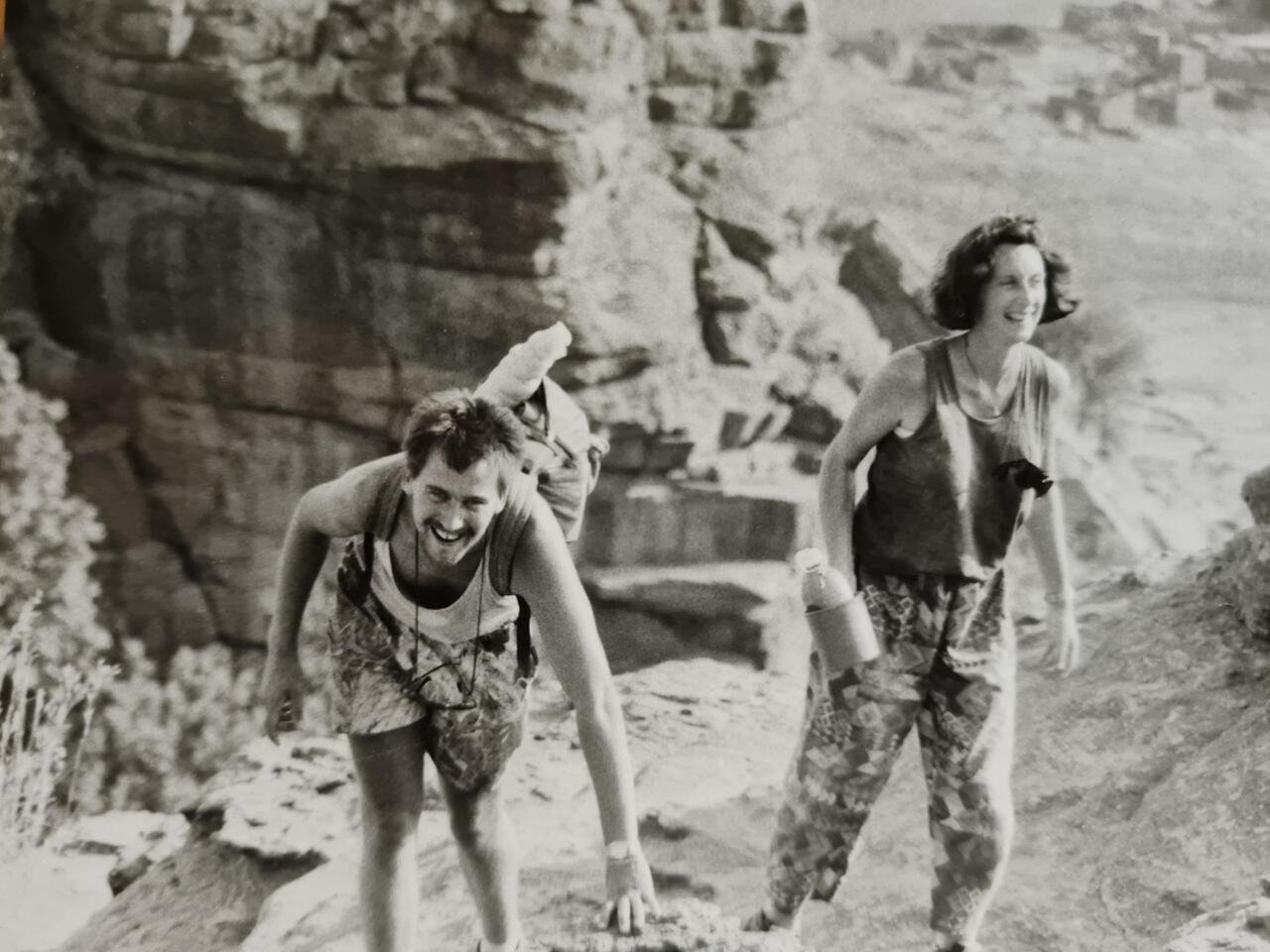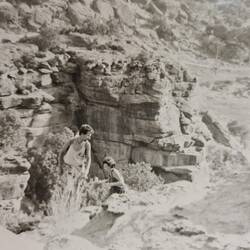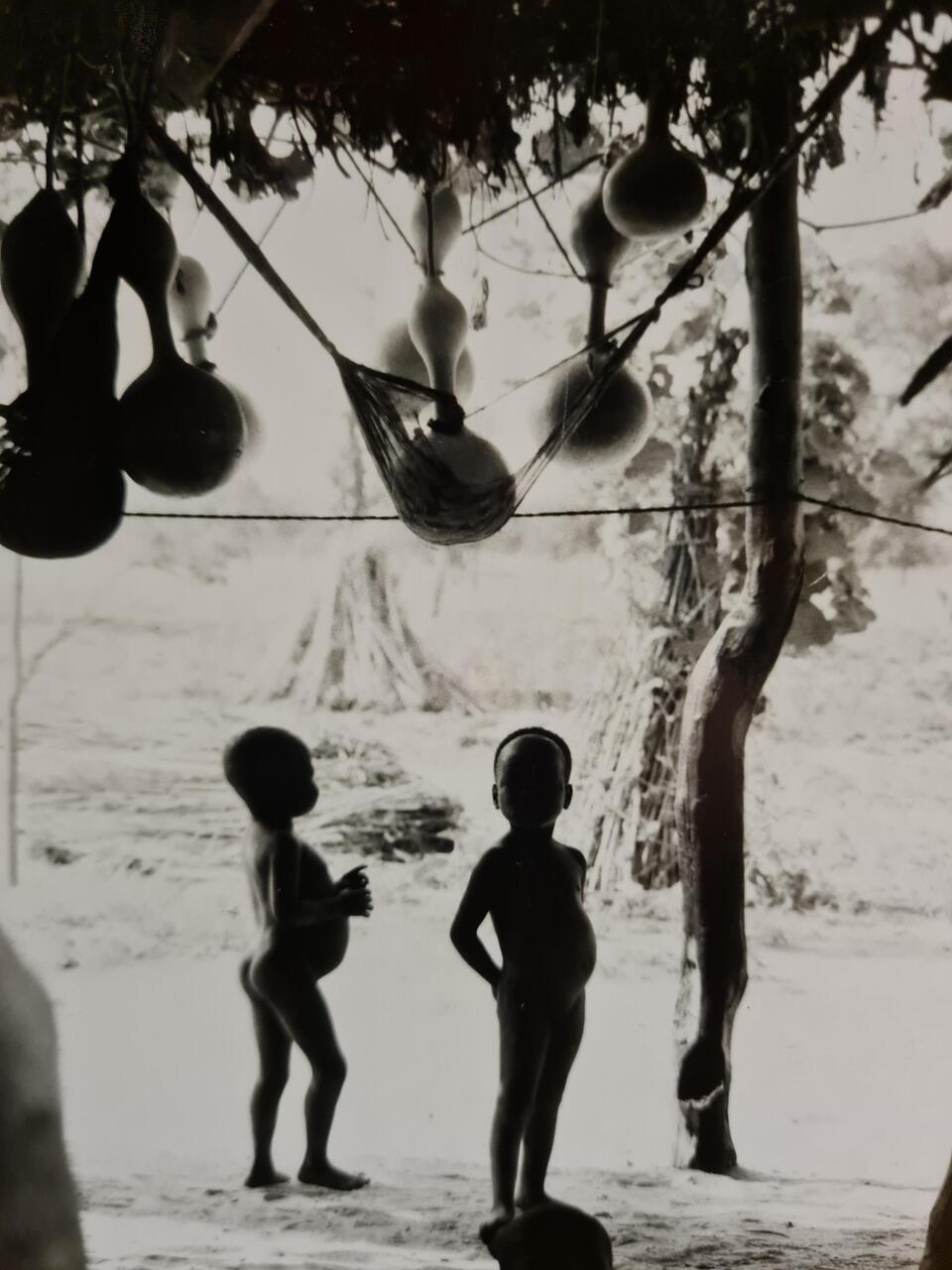Market day
 November 2, 1989 in Mali
November 2, 1989 in Mali
Another 3 KMs away and we arrived in Kani-Kombole on market day. I was all marketede out and this was a very small market enlivened by a solitary camel. The Spanish couple were at the market, with aRead more








